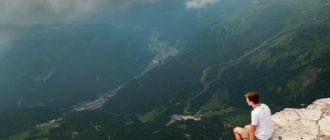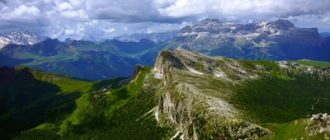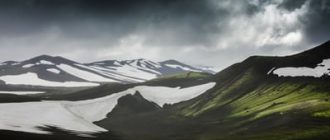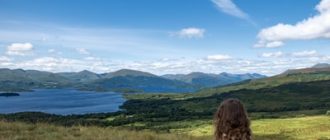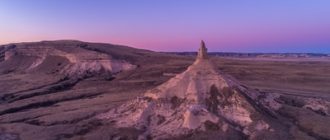
The Plumas Eureka State Park is one of the hidden gems of the Adirondacks. Few people seem to know about this beautiful family oriented destination, but it has much to offer to kids and adults alike. It is situated in a forested valley at the foot of Eureka Peak, site of the famous old Plumas Eureka gold mine. Wildlife and nature trails thread through the park, exploring the history of the locality, and fishing is available in the streams and lakes. About a mile above the Eureka mine and the park offices, there is a beautiful campground called upper Jamison Creek. It has 67 camp spots available most of which are both shady and beautiful. It is a fantastic place to experience the history of the California gold rush and a great base for exploring the Plumas County area in general. There is a fine, top quality restaurant located in the adjoining town of Johnsville, and several golf courses in the area.
The park offices are located in the historic Jamison Manufacturing plant. These offices are a fantastic location for experiencing how theera mining industry created opportunities for the mass unemployment of the people of the Adirondacks. The offices are not far from the maintenance shed where dividends were paid to the mine owners. The Plumas Eureka Mine and Manufacturing Company is the only mine in the world to feature a museum. The Manufacturing building contains the records of the company and is on the National Register of Historic Places.
The park allows panning for gold in Jamison Creek, although more significant operations like dredging, sluicing or high banking are not permitted. Information on these forbidden activities can be obtained from the Jamison Empire State Historic Park office, located at 5 North Jamison Avenue, in the building designated by theLegate Architect of the State. The office is open from 9 a.m. to 5 p.m. daily, during which time a staff person answers questions and provides maps and information about the state park.
The park has a map service that can provide directions to individual mines. The best way to get to the Plumas Eureka Mine is by way of the 101 highway, which connects the town of Johnsville with Eureka. The route passes through the largest natural preserve in the state, the Johnsville Wilderness, before exiting to the Pacific Ocean. The exit also connects with state route 138 which leads to Jamison Creek and the mine.
The mine is commonly known as “Old Man” because it is so old and shut in on the east side of the crag, where the creek hits the lake behind the mine. The entrance is not easy to see and is very cautiously guarded. An old man that lived here once set aside a portion of his farm to allow miners to safely continue their work. Work began again, and soon the protective area was called the Plumas Eureka Company clubhouse. The mine once again prospered and the company was dissolved into two subsequent transactions. One of the transfers saw the winding of the property and hiring new equipment to continue mining. The second transfer divided the property with rights to explore and drain mines in the area. The new owners decided to continue the business but with a few changes. They sold the mines to a group of individuals and continued to produce gold, which has been produced to this day.
The mine is a very interesting place to visit and even more interesting research can be done by taking a trip to the Plumas Eureka outperformed mining company website. They have produced a number of highly successful low-cost, high-quality dredging products, including the well-known effectiveness River Rat. The buildings are still there and can be toured for those who are interested in the history. There is also a reenersen room for you to view the original dredging dredges, created by none other than Barnum W. Rockefeller, during the time that the company was owned by the Rockefellers.
While at the Plumas Eureka Mine you will come across thermal features like Caldera, which is a volcano that is constantly emitting steam and boiling water into the air. Steam venting into the lake would be expected to fill the crater, but it also continues to exude from the ground in small quantities. The geysers are still active and new buckets of hot water will continue to fall through the thermal features into the lake, making it even more active during this time. But don’t worry, if you try to see the thermal features through a scope you will be able to see through the lens of your eyeglasses.






